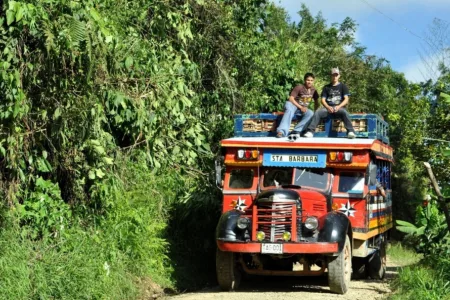Territorial peacebuilding in Colombia: the opportunity to do what has not been achieved before?

In the context of the current negotiations to end the armed conflict between the Colombian government and the Revolutionary Armed Forces of Colombia, territorial peacebuilding has become the catchword for doing what has not been achieved in decades: developing Colombia’s marginalised regions as a basis for building lasting peace. The national government is preparing for its rollout, albeit timidly. Throughout the country, and particularly in conflict-affected regions, the territorial peacebuilding discourse has inspired local agenda-building exercises, often driven by civil society. Compared to past attempts, territorial peacebuilding will likely thrive on important opportunities, most notably the contents of a possible peace agreement, the momentum that will probably accompany its implementation and the competencies acquired during decades of civil-society-driven peacebuilding in the country’s regions. The fate of territorial peacebuilding will depend on the capacity to contain violent spoilers, increase protection and open up entrenched local power relations. Some of these actions may have to wait until a deal is signed in Havana. Building up broad-based coalitions at the national and regional levels in support of the necessary transformations, however, must not be postponed – particularly in light of the upcoming subnational elections in October 2015.